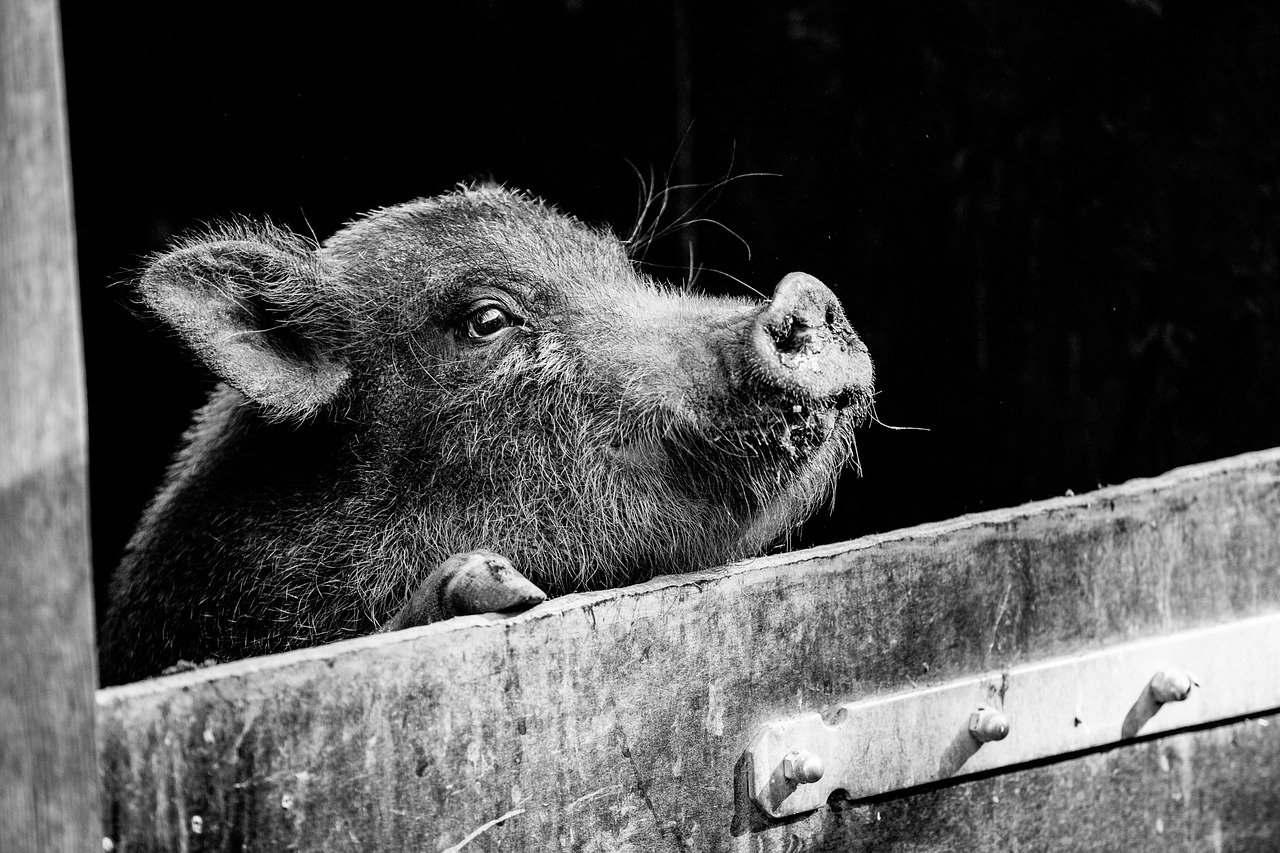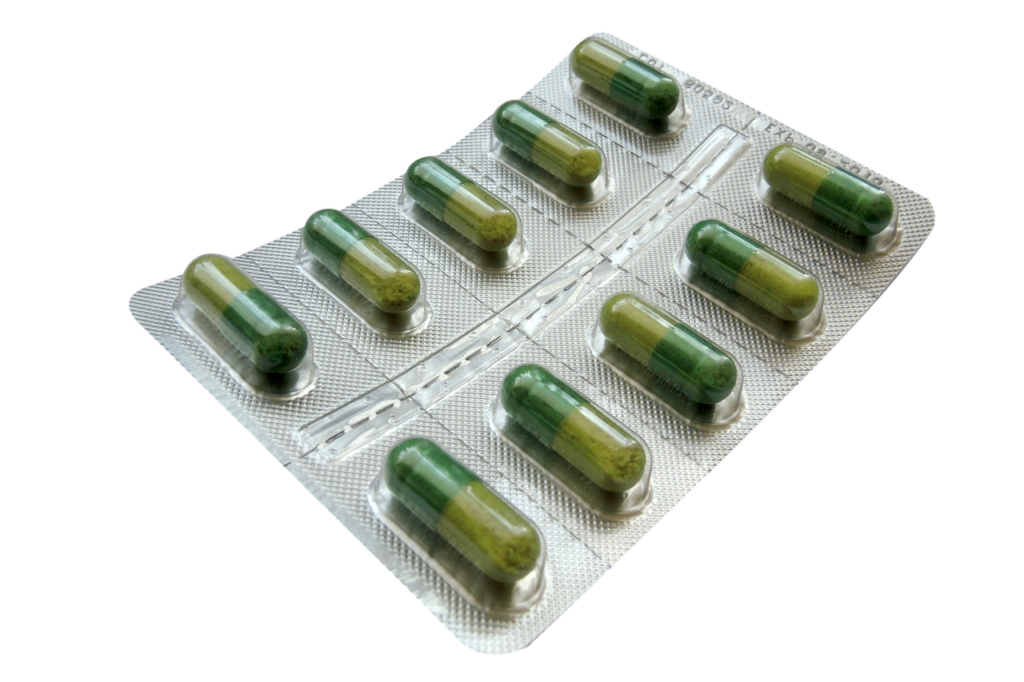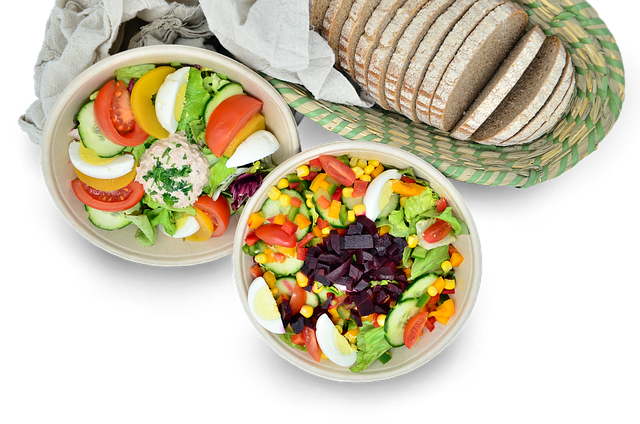
The challenge
Understanding AMR
Antimicrobial resistance (AMR) occurs when microorganisms, including bacteria, viruses, fungi and parasites, develop the ability to survive treatments that once killed them.
AMR is a natural process but it is accelerated by the misuse of antimicrobial in both human healthcare and agriculture. When antimicrobial resistance develops, the antimicrobials we rely on become less effective, making infections harder—or sometimes impossible—to treat.

Impact on agrifood systems

AMR affects our food systems in multiple ways. When antibiotics become less effective, treating sick animals becomes more challenging, potentially compromising both animal welfare and food production. The presence of resistant microorganisms in the food chain can lead to contamination of food products, creating risks for human health. Farmers and food producers face mounting costs as they adapt their practices and seek alternative solutions to treat infections.
The interconnected nature of our food systems means that AMR issues in one area can quickly spread, affecting everything from local farms to global food security. This complex challenge requires new approaches to maintaining healthy farm-to-fork practices while reducing our reliance on antimicrobials
Current challenges in tackling antimicrobial resistance
The agrifood sector is at a critical juncture in addressing AMR. Farmers face the daily challenge of balancing soil and animal health needs with responsible antimicrobial use, often with limited alternatives to antimicrobials available.
Economic pressures to maintain productivity can conflict with the need to use of antimicrobials. Meanwhile complex supply chains make it difficult to track and control the spread of resistant microorganisms.
Different farming systems and varying standards across regions and sectors add another layer of complexity. We need better diagnostics of antimicrobial resistance, early detection methods and new alternatives to current antimicrobial treatments.

Why action is needed

The consequences of inaction on AMR are severe and far-reaching.
As more infections become untreatable, we risk entering a post-antimicrobial era where routine crop and animal health issues could become life-threatening. This would not only compromise soil, crop and animal welfare but could make certain farming practices unsustainable.
The effects of increasing antimicrobial resistance would extend throughout our food systems, affecting food security, public health, and the economic viability of farming communities. By taking action now, we can protect the effectiveness of existing antimicrobials while developing sustainable alternatives for the future of food production.
Economic impact
The financial implications of AMR extend far beyond the farm gate.
The World Bank projects that global livestock production could decline by 2.6-7.5% annually by 2050 due to AMR. Healthcare costs may increase from $300 billion to more than $1 trillion per year by 2050.
This would trigger a cascade of economic effects. Farmers already face growing production costs as they adapt to changing practices, while healthcare systems bear the burden of treating resistant infections. These combined pressures threaten the economic sustainability of our food production systems and could have lasting impacts on global food security and, ultimately, on our health.

Global context

AMR knows no borders, making it a global challenge that requires international cooperation.
The movement of people, animals, seeds and food products across borders means resistant microorganisms can quickly spread worldwide.
While different countries face varying challenges in controlling AMR, the interconnected nature of our food systems means that actions taken in one region can have global consequences.
Climate change adds another dimension to this challenge, potentially affecting the patterns of AMR spread and development. Developing countries often face greater challenges in implementing AMR control measures, highlighting the need for coordinated global action and support.
